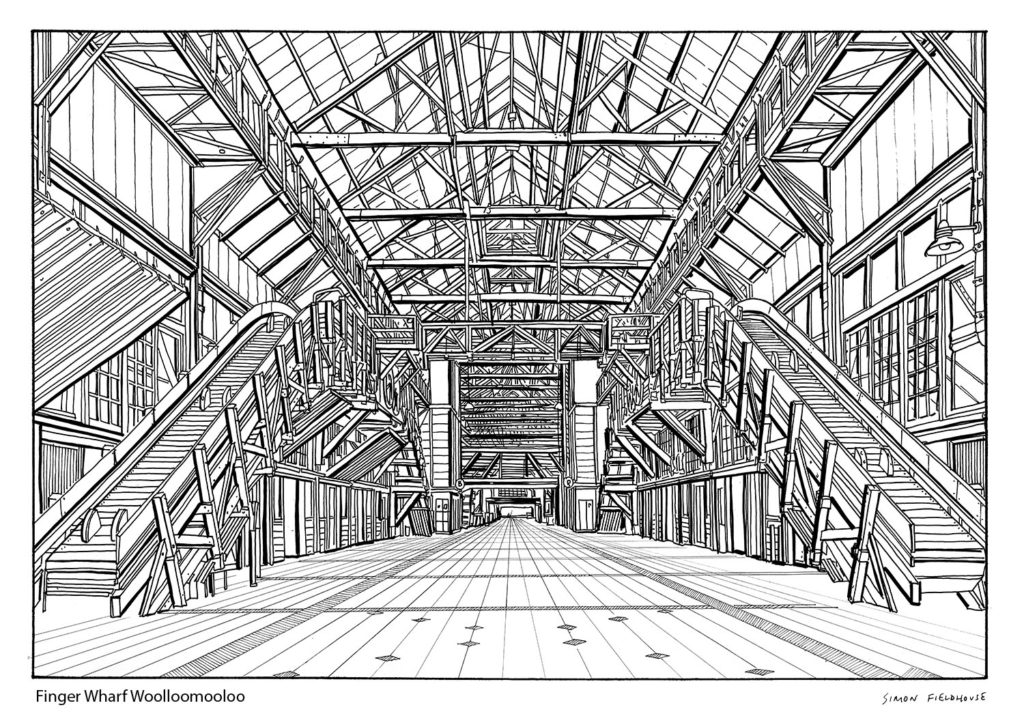
Finger Wharf Woolloomooloo
Finger Wharf Woolloomooloo: A Historic Icon of Sydney's Waterfront. The Finger Wharf Woolloomooloo, a remarkable structure located in Sydney, Australia, has stood as a testament to the city's rich maritime heritage and industrial evolution for over a century. Originally constructed in the early 20th century, the Finger Wharf has undergone numerous transformations, from its origins as a bustling cargo hub to its current status as a luxurious waterfront destination. This essay explores the historical significance, architectural marvel, and the evolving role of the Finger Wharf Woolloomooloo, shedding light on its profound impact on Sydney's urban development and culture.
A Historic Maritime Landmark
The Finger Wharf Woolloomooloo is situated in Woolloomooloo Bay, just east of Sydney's central business district. Built between 1910 and 1915, it is the largest timber-piled wharf in the world and a testament to the engineering and architectural prowess of its time. The wharf's unique design, extending 410 meters into the bay, takes the shape of a "finger" and was originally conceived as a means to facilitate efficient loading and unloading of cargo, especially wool, which was Australia's primary export during the early 20th century.
The wharf played a vital role in the economic growth of Sydney, handling substantial volumes of goods that contributed significantly to the city's prosperity. The Finger Wharf was also a hub for immigration, with many newly arrived settlers disembarking at this iconic location, making it a symbol of Australia's multicultural history.
Architectural Marvel
The Finger Wharf Woolloomooloo is an architectural marvel, characterized by its extensive use of ironbark and turpentine timber piles, which provide exceptional structural integrity. Its design is not only functional but also aesthetically pleasing, with a harmonious blend of industrial utility and artistic elegance. The heritage-listed structure stands as a prime example of adaptive reuse, as it was transformed from a cargo terminal into a luxurious hotel and residential complex in the early 21st century.
The wharf's sheer scale and historical significance have made it an attractive destination for architectural enthusiasts and tourists alike. Visitors are drawn to the intricate detailing of its timberwork and the panoramic views it offers of Sydney Harbour and the city skyline. The wharf's timeless design has earned it a reputation as an architectural gem that beautifully juxtaposes Sydney's old-world charm with its modern urban landscape.
Evolving Role and Cultural Significance
Over the years, the Finger Wharf Woolloomooloo has witnessed a dramatic transformation from its industrial roots. In the late 20th century, the wharf fell into disrepair and neglect, standing as a stark reminder of the city's changing economic landscape. However, its revival in the early 2000s as the "Ovolo Woolloomooloo" breathed new life into the structure. It was transformed into a luxury hotel and apartment complex, maintaining the historic charm while catering to contemporary tastes.
The Finger Wharf has also become a hub for culture, offering visitors an array of dining, entertainment, and leisure activities. Its waterfront location makes it a popular spot for both locals and tourists, providing a unique blend of history, relaxation, and gastronomic experiences. The wharf has hosted art exhibitions, cultural events, and even celebrity gatherings, cementing its place as a vibrant cultural hub within the city.
Conclusion
The Finger Wharf Woolloomooloo, with its rich history, architectural significance, and evolving role, stands as an iconic symbol of Sydney's maritime heritage and urban development. This historic structure has endured the test of time, transitioning from a bustling cargo terminal to a luxurious modern destination that encapsulates the essence of Sydney's culture and lifestyle. As it continues to attract visitors and admirers, the Finger Wharf Woolloomooloo remains an integral part of the city's identity, serving as a living testament to the resilience and adaptability of Sydney's historical landmarks.